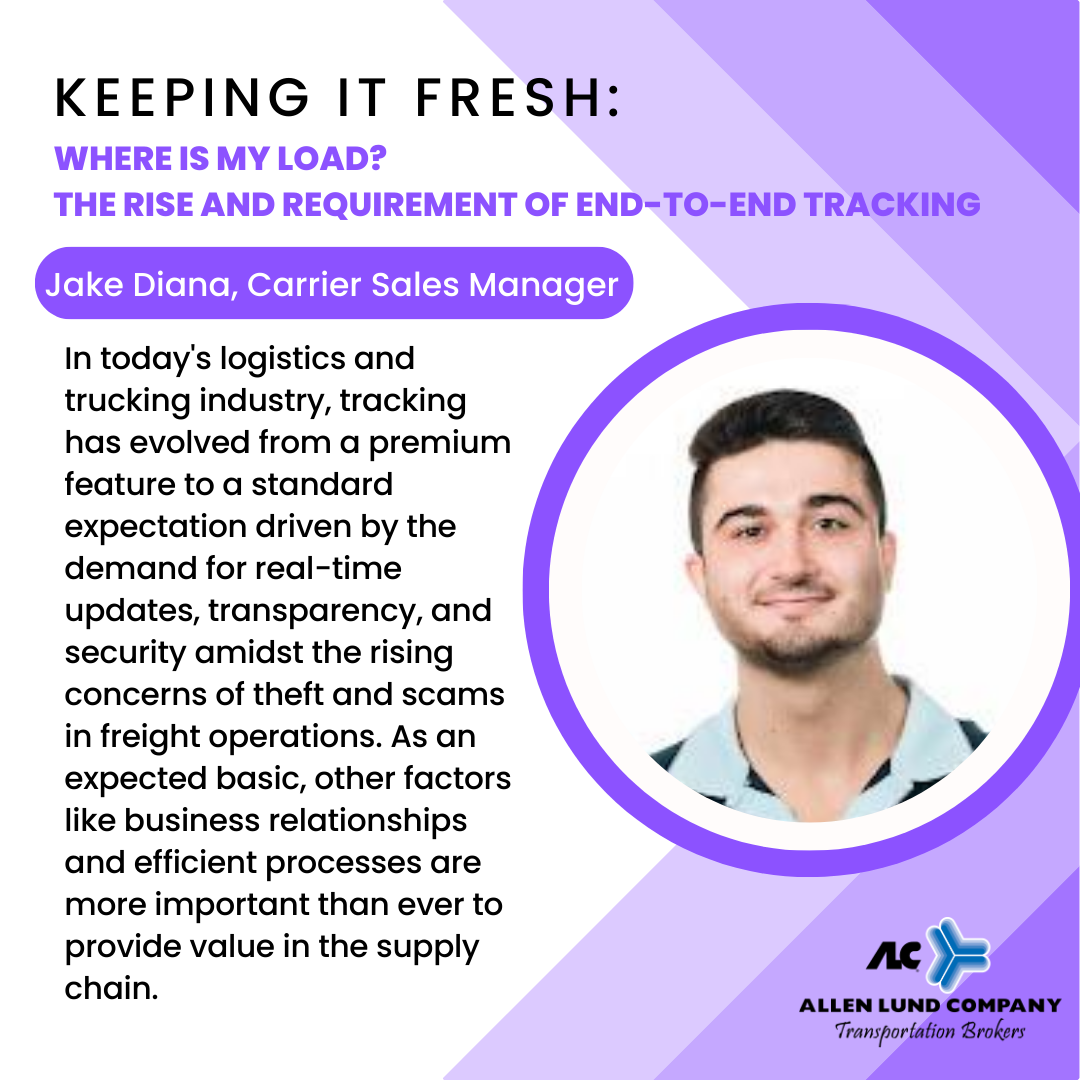
The vast majority of individuals, both here in the U.S. and worldwide, have come to expect the seemingly guaranteed step-by-step updates that large distributors provide with each and every order submitted. So much so that it often feels like the end of the world when we don’t have that fresh “out for delivery” update on the day of projected receipt. In a world where everyone prefers to be as up-to-date as possible, it makes perfect sense that logistics and trucking companies would be required to provide tracking, right?
One of the biggest hot button topics in freight today is the exponential growth of thefts and scams. Given the integration and volume of texting and email into all walks of life, the evolution of 3PL carrier relationships is in a natural progression. While a general understanding of so-called “instant” communication would lead one to believe this makes the jobs of 3PL employees easier, the reality is that we are often faced with the scary question of “Where is my truck, and who is actually operating it?”
These days, tracking is no longer the eye-catching benefit it once was. Instead, it is now the standard, a bare minimum expectation when it comes to the growth of a 3PL customer relationship. The ability to go above and beyond tracking mandates is just as important as competitive rates or long-standing relationships. Prior to the last two to three years, carriers viewed tracking as bothersome, a form of micromanagement that signaled distrust. In just a short time, carriers are now not only familiar with tracking, but expect it. In a field full of uncertainties, what was once a selling point has rapidly developed into a pillar of the industry.
Read the original article here


